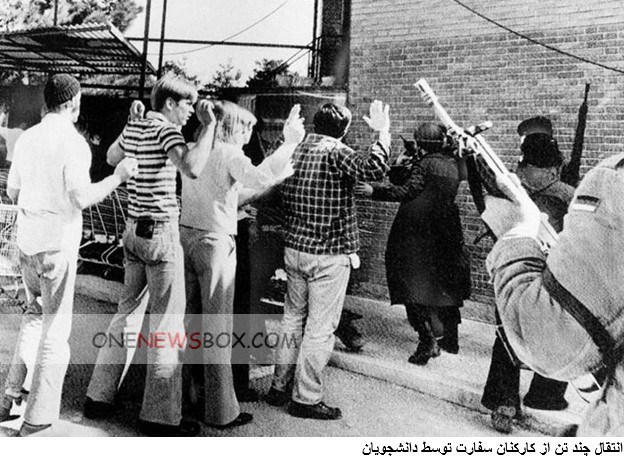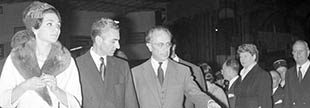United States President Jimmy Carter ordered the United States military to attempt a rescue operation using warships—including the USS Nimitz and USS Coral Sea—that were patrolling the waters near homeland. The crisis exposed vulnerabilities in U.S. overseas missions and led to heightened security protocols for embassies worldwide. The hostage crisis marked emergence as a revolutionary theocracy, asserting independence from Western influence.
The event shaped U.S. domestic politics by influencing views on presidential power, military readiness, and Middle East policy. The crisis left a lasting mark on American collective memory, symbolizing the limits of U.S. power during a period of global instability. Operation Eagle Claw, a U.S. rescue attempt, fails disastrously in the desert, eight servicemen. Just minutes after Reagan’s inauguration, releases the 52 remaining hostages. Western allies, including the U.K., France, and Germany, condemned actions, but were cautious about direct confrontation.

